Are Some “Classics” Best Neglected?: Eric Frank Russell’s Sinister Barrier
Sinister Barrier by Eric Frank Russell; Magazine version: Unknown, March 1939.
Cover art H. W. Scott. (Click to enlarge)
Sinister Barrier
by Eric Frank Russell
UK: World’s Work (135 pages, 5/-, hardcover, 1943)
US: Fantasy Press (253, $3.00, hardcover, 1948)
Here’s an early “classic” of science fiction that I came across in a used bookstore in Oakland early last year. I say “classic” with quotes because I had heard of the title for years, but hadn’t recalled ever seeing a copy. Indeed, the invaluable isfdb.com indicates that while it was included in an omnibus from NESFA Press in 2001, there hasn’t been a separate English language edition of the book since Ballantine Del Rey issued it in 1986, nearly 35 years ago. Hmm, why would this be?
Well, because it’s a terribly written book, dated both in language and in plotting and in its sexual and racial attitudes, exhibiting all the worst features of pulp writing, and far worse than the works of, say, Asimov and Heinlein that have survived from that era. That would be the reason modern publishers haven’t kept it in print. If it’s a classic in any way, it’s for its striking conceptual premise, and then only in its historical context. More on that in a bit.
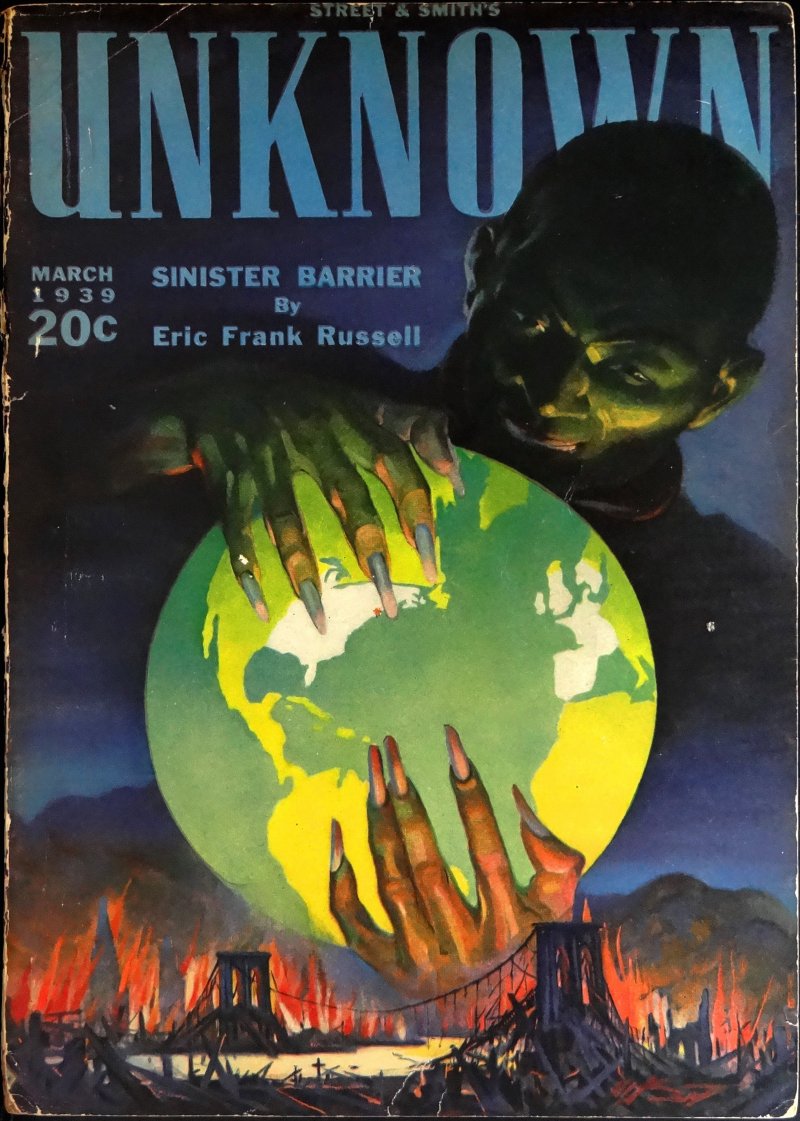
 One of the new wrinkles to Fantasia this year is the existence of a Discord where filmmakers and critics and audiences can chat with each other about the movies playing the festival. It’s already proved quite useful to me, as seeing other people discussing films has helped draw my attention to a few titles I’d originally dismissed as uninteresting or out of step with this web site’s focus. A case in point was the movie I watched late on Fantasia’s second day, writer-director Ben Hozie’s PVT Chat.
One of the new wrinkles to Fantasia this year is the existence of a Discord where filmmakers and critics and audiences can chat with each other about the movies playing the festival. It’s already proved quite useful to me, as seeing other people discussing films has helped draw my attention to a few titles I’d originally dismissed as uninteresting or out of step with this web site’s focus. A case in point was the movie I watched late on Fantasia’s second day, writer-director Ben Hozie’s PVT Chat. 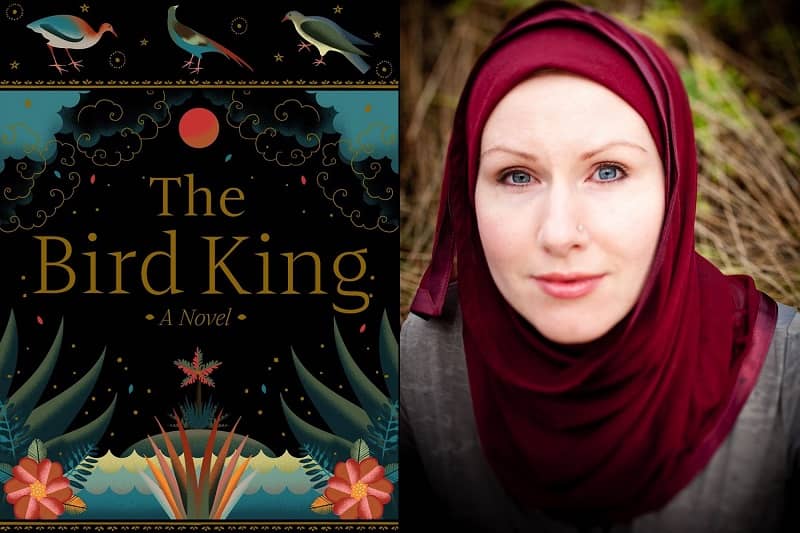
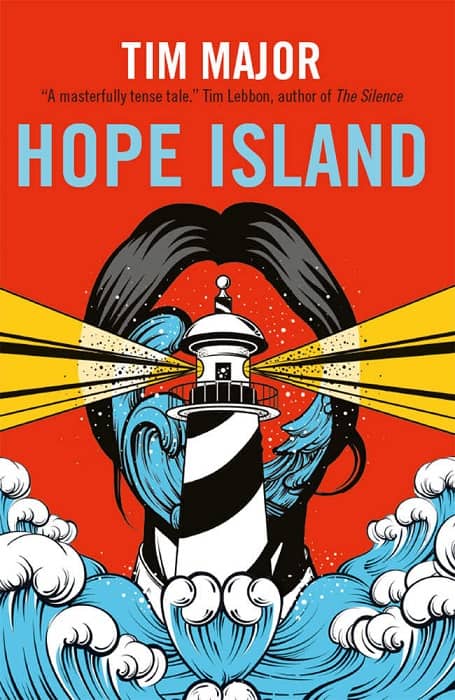
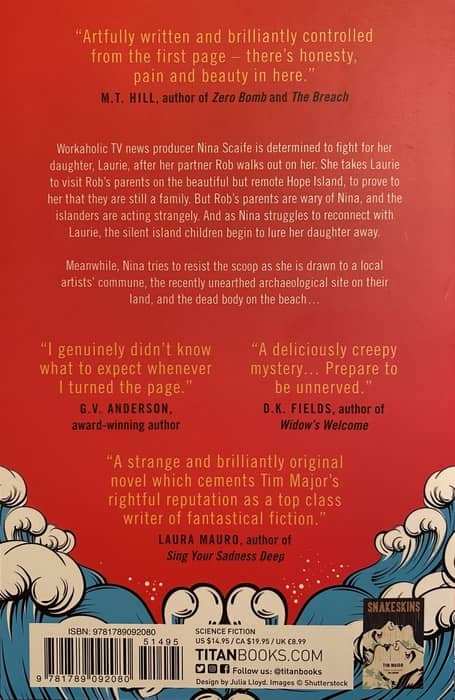
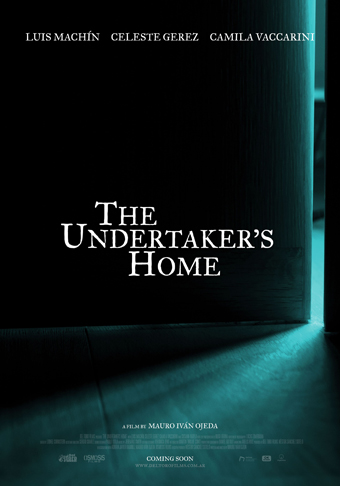 As part of the unusual nature of this year’s Fantasia, the festival organisers set up many more non-film special events than usual. Each day boasts a presentation, panel discussion, or other streamed activity, all of them to be archived on the festival’s YouTube page (in fact the organisers have just announced they’ll host
As part of the unusual nature of this year’s Fantasia, the festival organisers set up many more non-film special events than usual. Each day boasts a presentation, panel discussion, or other streamed activity, all of them to be archived on the festival’s YouTube page (in fact the organisers have just announced they’ll host 
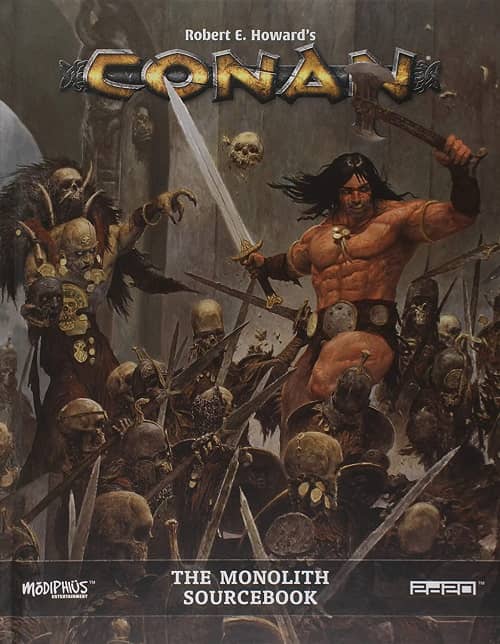
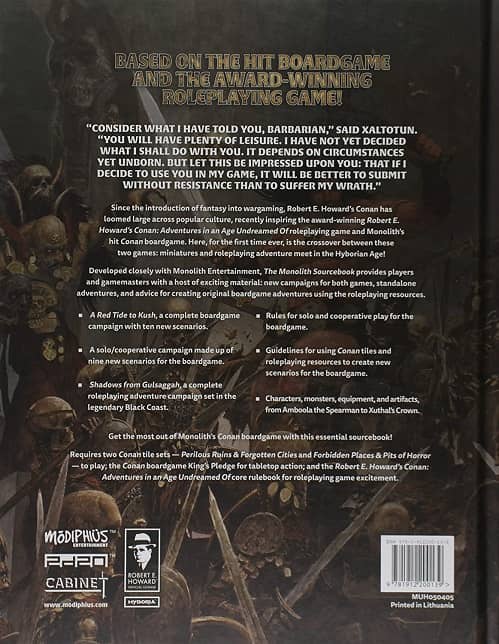
 My first scheduled film at Fantasia 2020 was Special Actors (Supesharu Akutâzu, スペシャルアクターズ), written and directed by Shinichiro Ueda. I loved Ueda’s previous film, 2018’s One Cut of the Dead (Kamera wo tomeruna!, カメラを止めるな!), and this is his first solo feature since; he co-directed 2019’s Aesop’s Game (Isoppu no Omou Tsubo, イソップの思うツボ), and this year
My first scheduled film at Fantasia 2020 was Special Actors (Supesharu Akutâzu, スペシャルアクターズ), written and directed by Shinichiro Ueda. I loved Ueda’s previous film, 2018’s One Cut of the Dead (Kamera wo tomeruna!, カメラを止めるな!), and this is his first solo feature since; he co-directed 2019’s Aesop’s Game (Isoppu no Omou Tsubo, イソップの思うツボ), and this year 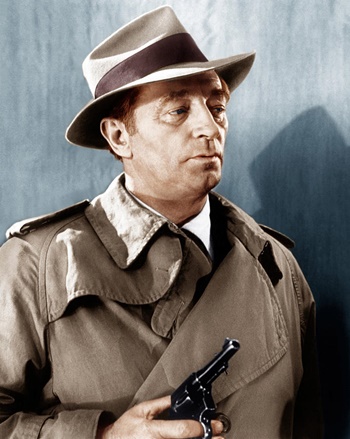
 Most of the movies I want to see at Fantasia 2020 play at a scheduled time, but quite a few are available on demand for the next two weeks. One of those struck me as a good place to start this year’s unusual Fantasia-from-home: Justin McConnell’s documentary Clapboard Jungle. It’s about the process of putting a film together, focussing not so much on the technical details of directing but the much longer struggle to find financing.
Most of the movies I want to see at Fantasia 2020 play at a scheduled time, but quite a few are available on demand for the next two weeks. One of those struck me as a good place to start this year’s unusual Fantasia-from-home: Justin McConnell’s documentary Clapboard Jungle. It’s about the process of putting a film together, focussing not so much on the technical details of directing but the much longer struggle to find financing.